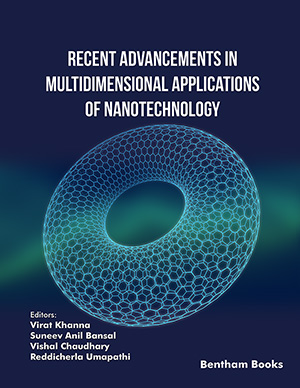Abstract
SHS investigation development is considered from the geographical and historical viewpoint. 3 stages are described. Within Stage 1 the work was carried out in the Department of the Institute of Chemical Physics in Chernogolovka where the scientific discovery had been made. At Stage 2 the interest to SHS arose in different cities and towns of the former USSR. Within Stage 3 SHS entered the international scene. Now SHS processes and products are being studied in more than 50 countries.
Abstract
Nanoparticles are among the most important tools under investigation due to
their application in optical, electrical, biological, sensing, and photocatalytic systems.
Nanoparticles made by plants have a larger range of sizes and shapes and are far more
stable. Investigators' fascination with producing metal-based nanoparticles, such as
those of silver (Ag), platinum (Pt), gold (Au), zinc (Zn), copper (Cu), and cerium (Ce),
has been aroused by the study of biological systems. In a manner analogous to this,
microorganisms produce valuable substances like antibiotics, acids, and pigments as
well as proteins and bioactive metabolites. The plant-based synthesis uses a variety of
extracts, including fruit, leaves, roots, peel, bark, seeds, twigs, stems, shoots, and
seedlings. The primary theme of the chapter is the synthesis of metallic nanoparticles
mediated by plants. The potential applications of nanoparticles across a variety of fields
have altered the research and industries that are briefly discussed in this chapter.
Keywords:
Nanoparticles, Green synthesis, Photocatalytic, Thin film, Capping agent, Antibacterial, AFM, Solar cell, Silver NP.
We recommend

Authors:Bentham Science Books






